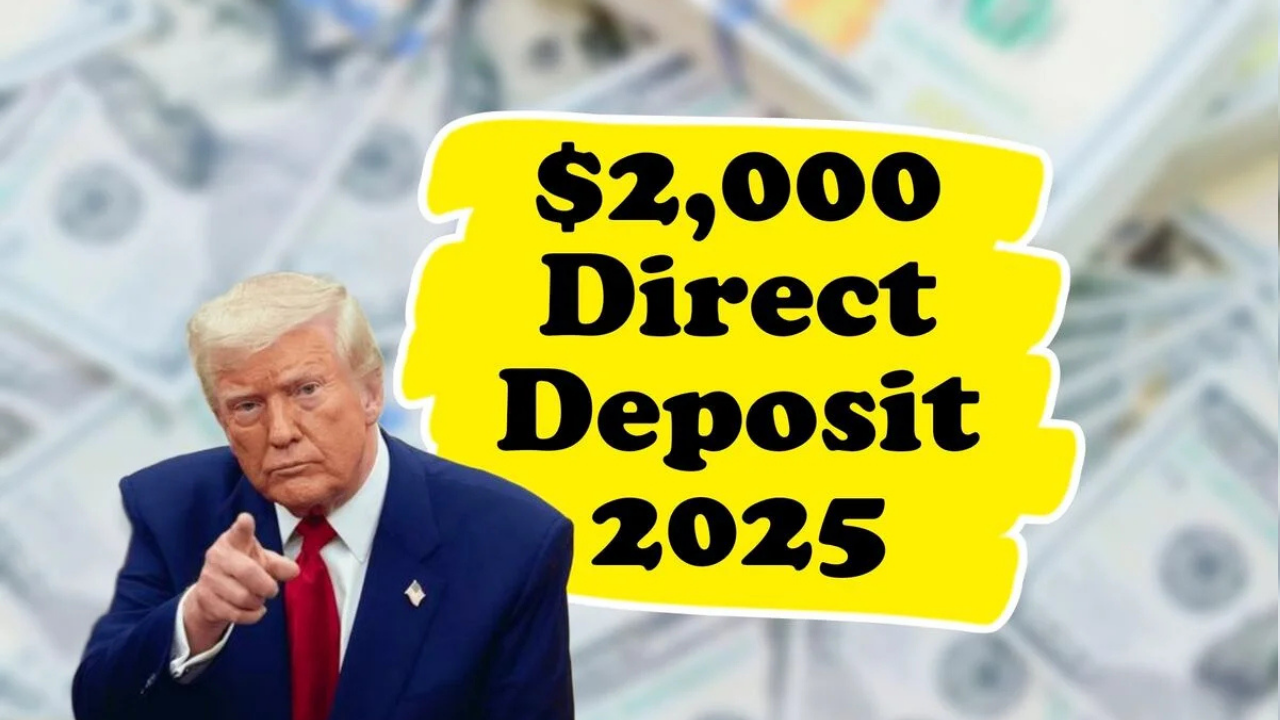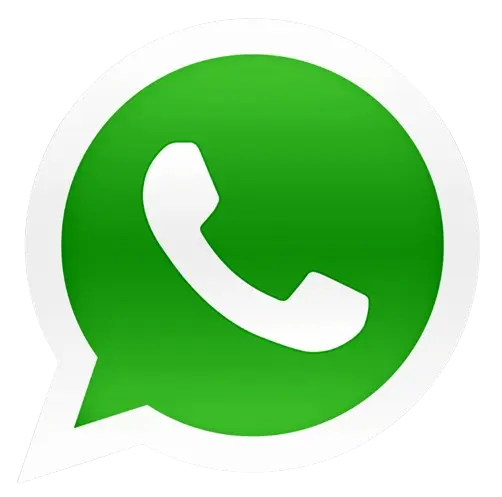Good news for millions of Americans! The US government is preparing to launch another round of financial relief in November 2025, providing eligible citizens with direct deposits of $2,000. With inflation still putting pressure on family budgets and the cost of living steadily rising, these payments aim to provide real help to those who need it most.
The $2,000 direct deposit program, like previous stimulus plans, is expected to be issued through the Internal Revenue Service (IRS). For many, this assistance could mean paying bills, purchasing essentials, or simply finding a little relief before the year ends. Let’s take a closer look at who is eligible, when payments are expected, and how to ensure you receive your payment without delay.
What is a $2,000 Direct Deposit?
A $2,000 direct deposit is a federal financial relief payment intended to assist working individuals, retirees, and low-income families. It’s part of the government’s broader effort to help Americans cope with current economic pressures like rising rents, grocery costs, and medical expenses.
Unlike regular tax refunds, this payment is a one-time deposit and doesn’t require repayment. It will be automatically sent to eligible citizens via direct deposit, paper check, or Treasury-issued debit card.
The IRS will use information from your most recent 2024 or 2023 tax return to determine your eligibility and payment distribution method—meaning if you filed taxes or received previous stimulus checks, you’re likely already in the system.
Eligibility Criteria for $2,000 Payments
While official IRS guidelines will provide precise details, here’s what to expect based on previous relief programs:
- Single return filers earning up to $75,000 per year will likely be eligible for the full $2,000 payment.
- Family heads earning up to $112,500 will also be eligible.
- Married couples filing joint returns with combined incomes up to $150,000 are eligible for a total of $4,000 ($2,000 per spouse).
- Payments will phase out gradually for higher income earners, ending completely for single return filers earning more than $99,000 and couples earning more than $198,000.
Additionally, retirees, veterans, and Social Security beneficiaries who meet the income limits are expected to receive automatic deposits. SSI, SSDI, and VA benefit recipients will not need to apply separately – their payments will be processed using existing benefit information.
Expected Payment Dates – When will you receive $2,000?
The IRS is expected to issue payments in early November 2025, with most eligible Americans receiving the funds first via direct deposit.
- The estimated payment schedule, based on prior rollouts, is as follows:
- Direct deposits: November 5 through November 21, 2025.
- Paper checks: Mailed between November 22 and December 10, 2025.
- Debit cards: Issued to residents who do not have direct deposit information on file, typically arriving a few days later.
The IRS encourages residents to update their direct deposit details through the official IRS “Get My Payment” portal or when filing taxes to ensure timely delivery.
IRS Instructions for Receiving the $2,000 Direct Deposit
If you’ve received stimulus or refund payments in the past, your process should be automatic. However, to make sure there are no delays:
-
Check your tax filing status – Make sure your 2024 tax return is submitted accurately, even if you didn’t owe taxes.
-
Verify your bank information – Outdated or incorrect direct deposit details can delay your payment.
-
Update your mailing address – For those expecting paper checks, ensure your address is current with the IRS or USPS.
-
Use the IRS online tools – The “Where’s My Payment” tracker will go live closer to distribution dates for updates.
Avoid scams: The IRS never calls, texts, or emails to request personal information about payments. Only trust updates from irs.gov or official U.S. Treasury announcements.
Why This Payment is Important
As the holiday season approaches, this $2,000 relief payment could prove to be a lifeline for millions of families struggling to cope. For retirees on fixed incomes, workers facing high living costs, and families still struggling with debt, this payment isn’t just financial help—it’s a source of peace of mind.
Economists also believe this round of relief could help stabilize spending and strengthen local economies, especially in states where inflation remains high.
FAQs – $2,000 Direct Deposit, November 2025
1. Who is eligible for the $2,000 direct deposit?
Anyone meeting the income thresholds — $75,000 (single), $112,500 (head of household), or $150,000 (joint) — is eligible. Retirees and Social Security recipients are also included.
2. Do I need to apply for the payment?
No. Payments will be issued automatically to eligible citizens based on IRS tax and benefits data.
3. When will I receive my money?
Direct deposits are expected to start between November 5 and 21, 2025, with paper checks following shortly after.
4. Will I owe taxes on the $2,000 payment?
No. The payment is not taxable income and will not affect your 2025 tax return.
5. How can I check my payment status?
You’ll be able to track your payment on the IRS “Get My Payment” or “Where’s My Refund” portal once it goes live in November.

